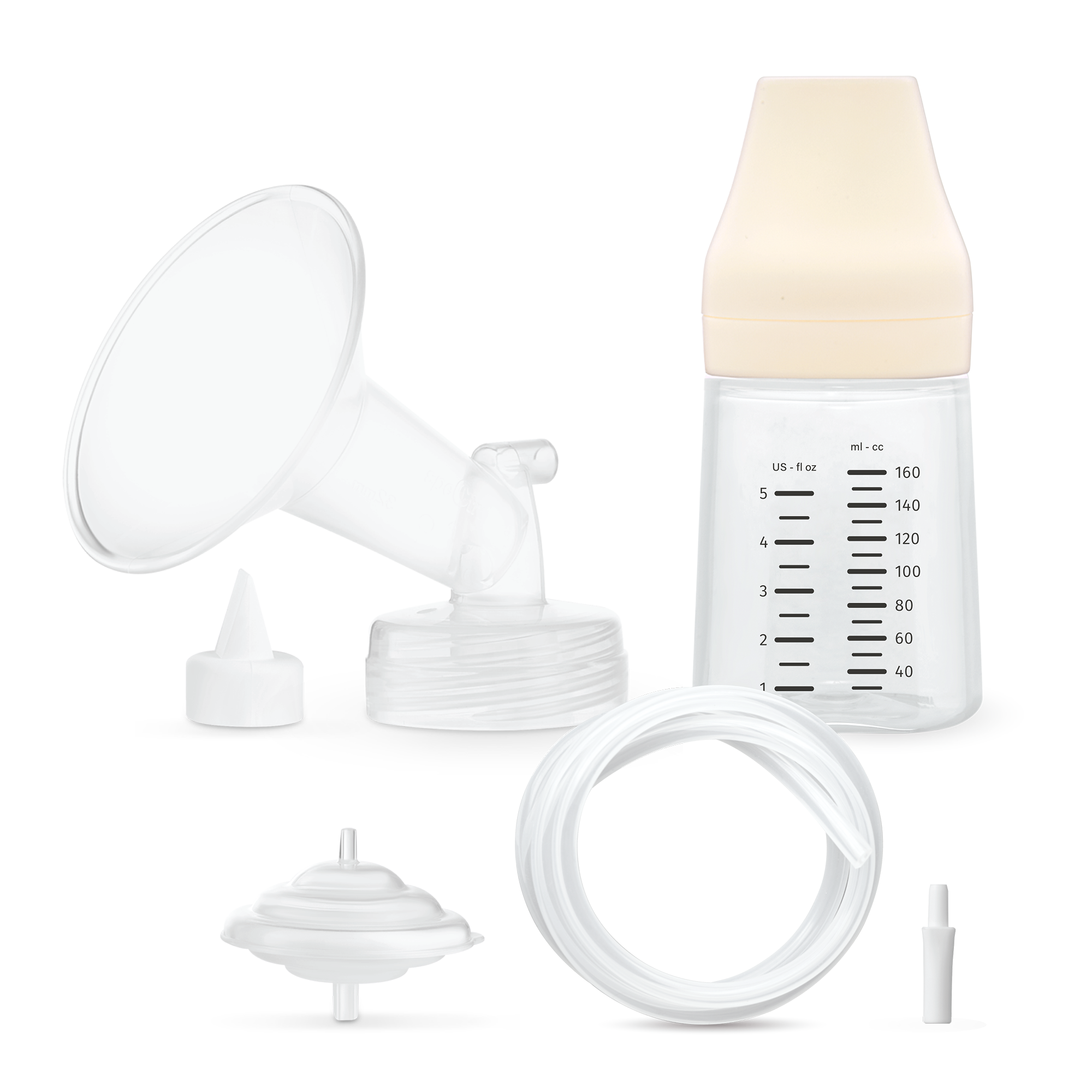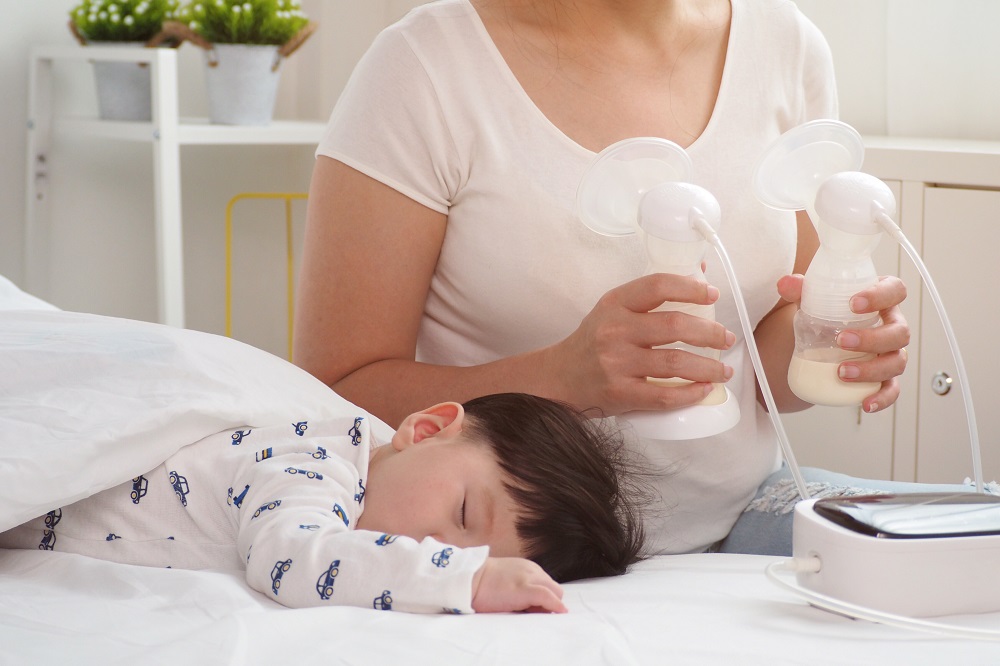

Medical Supplies for Patients
Browse helpful resources to learn more about the medical equipment you need or just bought. Find tips and tricks, learn how to deal with insurance, how to choose the right device, and more.

11 Tips for Breast Pumping in the Car
Breast Pumping While Driving Do you drive a lot for work? Are you often stuck running errands during the day and don’t have time to get back home to pump? Is your car the only private place available to pump at work? If so, you might want to consider breast pumping in the car. If you’ve never tried pumping while…
Read More
4 Essential Breast Pumping Accessories
Planning to start pumping when you head back to work or school? Breast pumping can be a bit of a challenge, but with the right accessories, you can make it work! Here are four breast pumping accessories we think are essential for every pumping mom. (click on the infographic below to see it in a larger size)
Read More
Do I Need Two Breast Pumps?
Are you a new mom who is planning to go back to work or school when your maternity leave is over? If so, we have to warn you: Getting everything you need to just leave your house in the morning is the equivalent of packing for a month-long trip. It’s such an ordeal you’ll probably want to take a nap…
Read More
How to Get Free Diapers for a Special Needs Child
If you’re the parent of a special needs child, you know that there can be a lot of extra expenses involved in their care – everything from additional childcare to extra therapy, specialized equipment and more. However, one thing you shouldn’t have to pay for is diapers. Many kids with special needs wear diapers long after other kids do, whether…
Read More
Have a Parent with Incontinence? Tips for Caregivers
Being a caregiver to aging parents can be difficult under any circumstances, but when parents start to struggle with incontinence, it can become even more challenging. Not only can it be hard to physically help elderly adults change out of soiled clothes when they have an accident, but it can also be messy, smelly, and most of all, embarrassing for…
Read More
Breast Pumps: Insurance Information
Read MoreBe on the lookout for HSA/FSA eligible products!
Products marked with this symbol may be eligible for purchase with your Health Savings Account (HSA) or Flexible Spending Account (FSA).
Have questions about eligibility or how to use your benefits? Contact Us.
